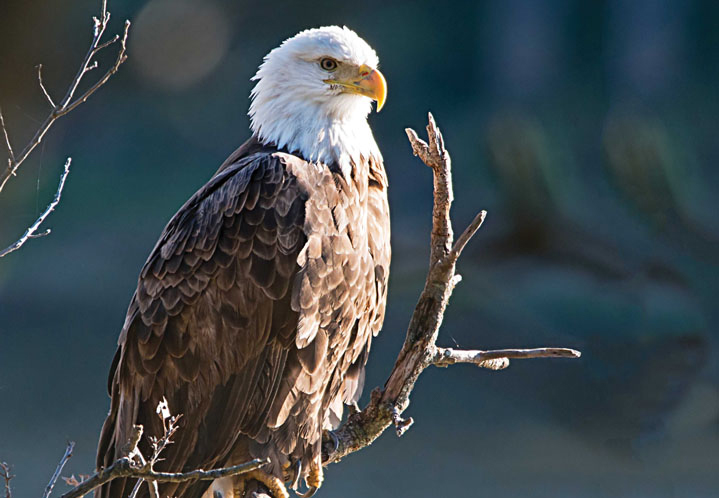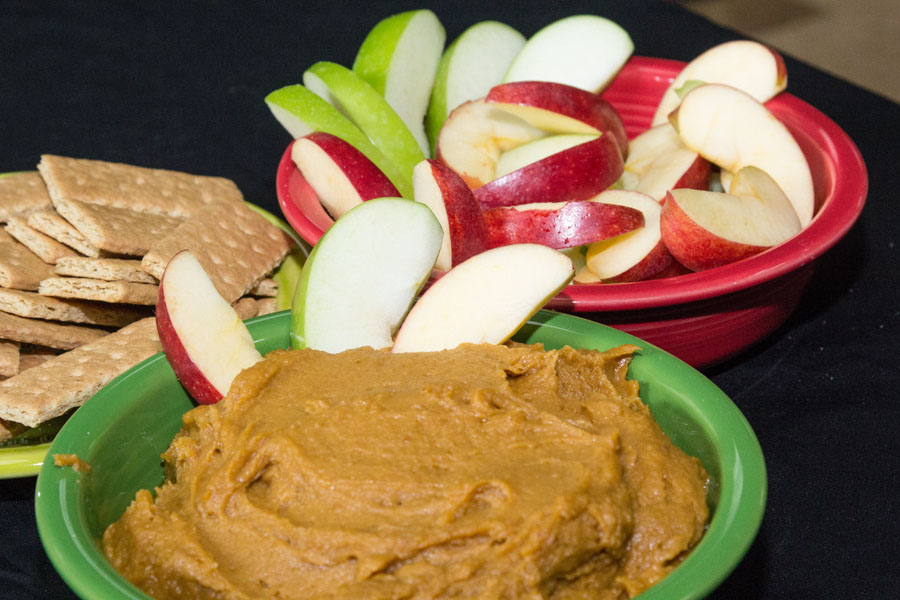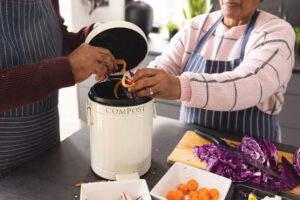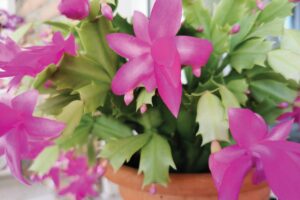What would December be without wrapping paper and ribbons, colored poinsettias, eggnog and folks rushing here and there? And of course, there’s all the greenery from swags to wreaths to the trees.
Time has changed what evergreens we use for decorating.
Less than 50 years ago, we used what we grew or what was grown nearby. In most of the state, true pines were cut and decorated. We say “true pines” since some folks, and unfortunately too many, think all evergreens are “pines.”
Scotch and white pines were the two commonly grown species. Occasionally you’d find the long needle red pine and the stiff Austrian or Black pine. But they just didn’t have the appearance folks wanted and/or were too sticky and sappy, and thus were relegated to that “other” green stuck in decorations.
Pines also had the reputation of longevity, meaning you could decorate around Thanksgiving and still expect the needles to be mostly on the limb by New Year’s Day. And if they did fall off, you could at least see them easily, though they were tougher on the Hoover.
Occasionally, you’d find spruce trees used as Christmas trees and in wreaths and swags. The two main spruces were blue spruce and Norway spruce. Throw in the Colorado blue spruce for good measure.
If you had a spruce, chances are you grew it, or knew someone who had a crowded windbreak. Spruces were twice as dense as pines, which meant you could use less for wreaths and swags and end up with a dense product. For trees, it meant heavier and/or more ornaments.
Unfortunately, spruces didn’t hold up well. Three weeks indoors was really pushing the limit.
Transportation costs and consumer demands have opened up the evergreen market.
But in the last thirty years, there has been an explosion of the firs, first the Balsam, then the Fraser, and most recently the Noble. They combine the density of the spruces with the softness of the white pines. They retain their needles and smell great.
According to the National Christmas Tree Association the ten most popular varieties are: Fraser Fir, Douglas Fir, Balsam Fir, Colorado Blue Spruce, Scotch Pine, White Spruce, Eastern White Pine, White Fir and Virginia Pine.
Do you have that fake plastic versus real tree argument in your family? Well if you’re on the real tree side, here are a couple arguments you can add this year.
• While they’re growing, real Christmas trees support life by absorbing carbon dioxide and other gases and emitting fresh oxygen.
• The farms that grow Christmas trees stabilize soil, protect water supplies and provide refuge for wildlife while creating scenic green belts. Often, Christmas trees are grown on soil that doesn’t support other crops.
• Real Christmas trees are biodegradable, which means they can be easily reused or recycled for mulch and other purposes.
• Fake trees are made from petroleum-based products and 85 percent come from China.
• Did you know that fake trees were invented by a company that made toilet bowl brushes? I rest my case.
Selecting and caring for your evergreen:
• Choose the freshest tree and/or branches possible. Run a branch through your enclosed hand – the needles should not come off easily. Bend the outer branches – they should be pliable. If they are brittle and snap easily, the tree is too dry.
• Keep the needles cool, and branches in water if possible. Obviously, for a swag and wreath that’s not practical, but keep them away from heat sources.
• Displaying trees in water in a traditional reservoir type stand is the most effective way of maintaining their freshness and minimizing needle loss. Make a fresh cut to remove about a 1/2-inch thick disk of wood from the base of the trunk before putting the tree in the stand. Make the cut perpendicular to the stem axis.
• As soon as the needles start dropping in quantities, get rid of the tree, wreath or swag. Dried needles are fire hazards.

Did you know that Illinois ranked #17 in Christmas tree harvest? That’s according to the latest USDA Census. Okay, it’s not to the level of corn and soybean rankings for Illinois, but that isn’t bad for a plains state and Iowa wasn’t even on the list. And remember it was a $1.01 billion dollar business in the U.S. in 2012.
So go out there this year and support your local Illinois Christmas tree farmer!









